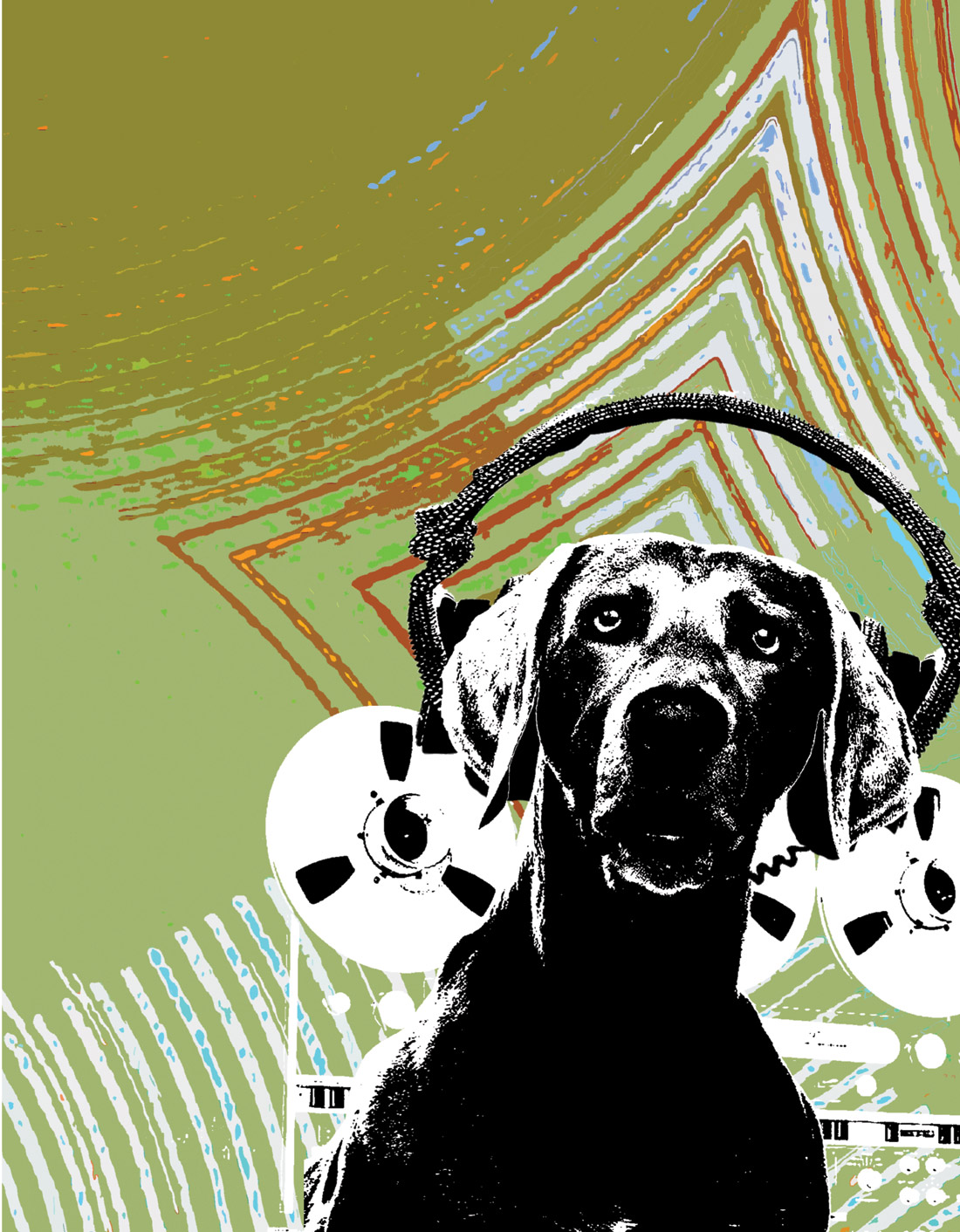There's nothing like hiring a great drummer with a quality kit, recording it with a selection of killer mics, and processing the tracks through an assortment of world-class outboard gear. Unfortunately, the constraints of time and budget sometimes make this scenario impossible. XLN's Addictive Drums offers a flexible real-world solution. AD includes VST, AU and RTAS plug-ins and is officially supported for Pro Tools, Logic, GarageBand, DP, Cubase, SONAR, Live, and Tracktion. The plug-in is very intuitive, easy to use, and is the closest you're likely to come to producing a slammin' track without an actual drummer. Addictive Drums is both PC and MAC compatible, but for this review, I tested AD on a Dual G5 Mac with 6 GB RAM using Logic as the host. XLN states that a full kit takes about 350 MB of RAM, but recommends that you have 1 to 1.5 GB available to keep everything running smoothly. Installation was a breeze with an online challenge/ response authorization.
All of AD's samples are recorded, edited, and mixed at 24-bit, 96 kHz before compression to a proprietary format that XLN claims is equivalent to 24-bit, 44.1 kHz. The drum kits have about 12-16 velocity-layers combined with alternating samples in each velocity-layer for maximum realism. The kits included in AD are a Sonor Designer, DW Collector's Series, and a Tama Starclassic. Also provided are a Pearl Signature Ferrone snare, Pearl Masterworks piccolo snare, Pearl Masterworks kick, and a complement of Sabian and Paiste cymbals. Additional samples are available as ADpaks.
There are four pages in the AD plug-in: Kit, Edit, FX, and Beats. The Kit page displays all the kit pieces on the top of the window in their own selectable boxes with corresponding faders for each drum on the bottom of the screen. Each drum is changeable, so you could select the Sonor Designer kit and swap out the snare for the Ferrone and change the kick to the Tama Starclassic-nice to have options. The Edit page is where you add EQ, compression, and even distortion/saturation. You can adjust each drum separately, and there's a cool option allowing you to adjust the pitch of each drum. You could "tune" the kit to fit whatever you're working on. The FX window is where you add reverb. There are two master reverbs available for the drum kit, with control over reverb size, pre-delay, reverb time, and damping. Each reverb unit also has its own EQ section to brighten or darken the sound. The Beat window is where you will find all of the midifiles, or performances-3600 midifiles are included! These are broken down into time signatures, styles, and songs. There are over 130 2-bar pop/rock beats in 4/4, 6/8, and 3/4, with both straight and swing feel. Each beat has over 20 variations, allowing you to alter the sound to your taste. There are over 100 4-bar grooves in various styles including jazz, reggae, funk, and hard rock. Stylistically, there's something for every taste. AD also includes 25 song sets containing verse, bridge, and chorus sections, which you can use to get started on building a finished arrangement. And 500 fills too.
I used Addictive Drums for all my drum kit work on a recent corporate industrial project I did for Coca-Cola, and it worked flawlessly. In my opinion, it's one of those programs that is so streamlined that you can just focus on the music. My workflow was as follows. First, I'd find a pattern that fit the feel I was looking for in the Beats page. Next, I'd go to the Kit page and select the drum kit or kit pieces that best suited the track. Then I dragged the initial midifile from the Beats page into the Arrange window in Logic. At this point, it became a matter of assembling a track in Logic by pulling in various midifiles from AD's Beats page. Once I had cut and pasted various midifiles to create the basic performance I was looking for, I modified the midifiles in Logic here and there to change the feel, accents, and fills to taste. The last step was to adjust the EQ, compression, and reverb. AD has a number of presets on the Kit page to get you started, with names like "Acoustic Roomy" and "70's Kit". These presets include not only the drum sounds, but also all of the processing required to create a finished track. The sounds and performances are truly first-rate and the processing is basic but pretty decent. If you wanted to use external processing on individual drums, you can. AD has multiple outputs, so you can process to your heart's content with whatever plug-ins or hardware you want. The end result sounded so natural and realistic that the mixer on the project thought I'd tracked a live drummer!
I can't say enough good things about Addictive Drums. It has become my go-to software for drum tracks when I can't afford the real thing. If you're looking for a powerful, yet easy-to-use software substitute for live drums, I suggest you give Addictive Drums a try. You won't be disappointed. Check out XLN Audio's informative website for video demos and FAQs. ($249.95 MSRP; www.xlnaudio.com)
Tape Op is a bi-monthly magazine devoted to the art of record making.




_disp_horizontal_bw.jpg)